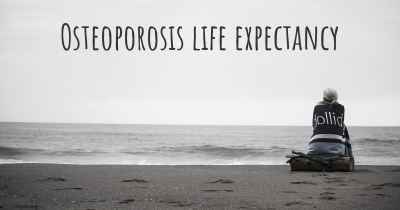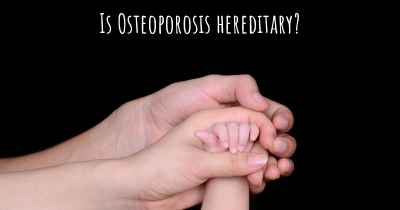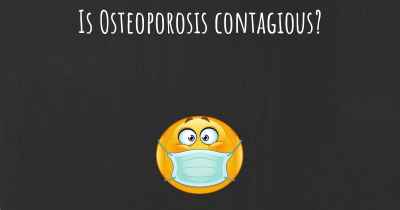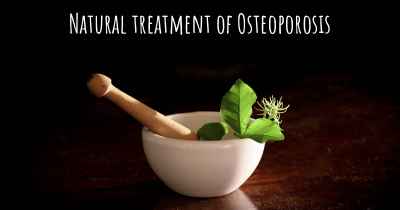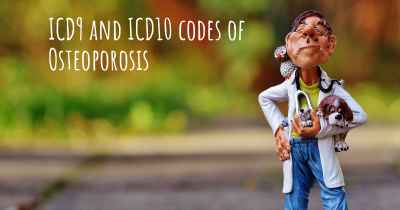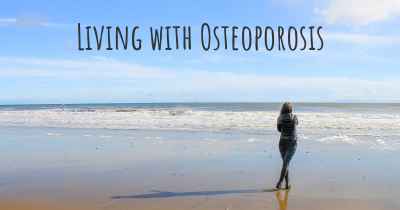How is Osteoporosis diagnosed?
See how Osteoporosis is diagnosed. Which specialists are essential to meet, what tests are needed and other useful information for the diagnosis of Osteoporosis
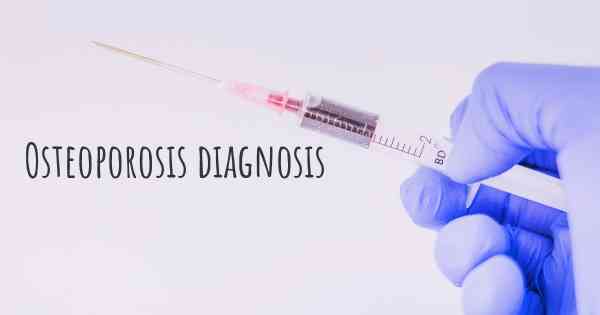
Osteoporosis is a medical condition characterized by the weakening of bones, making them more prone to fractures. It is a silent disease that often goes unnoticed until a fracture occurs. Therefore, early diagnosis is crucial to prevent further bone loss and reduce the risk of fractures. To diagnose osteoporosis, healthcare professionals employ a combination of methods and tests to assess bone health and determine the presence and severity of the condition.
Medical History and Physical Examination
When a patient presents with symptoms or risk factors associated with osteoporosis, the first step in the diagnostic process is a comprehensive medical history and physical examination. The healthcare provider will inquire about the patient's personal and family medical history, including any previous fractures, chronic diseases, or medications that may affect bone health. They will also assess the patient's lifestyle factors such as smoking, alcohol consumption, and physical activity levels.
Bone Mineral Density (BMD) Test
The primary diagnostic tool for osteoporosis is a bone mineral density (BMD) test. This test measures the amount of minerals, such as calcium, in a specific region of bone. The most common BMD test is called dual-energy X-ray absorptiometry (DXA) scan. During a DXA scan, the patient lies on a table while a machine scans the hip, spine, or wrist, which are the most common sites for osteoporotic fractures. The test is painless, non-invasive, and exposes the patient to minimal radiation.
The results of the BMD test are reported as a T-score and a Z-score. The T-score compares the patient's bone density to that of a healthy young adult of the same sex. A T-score of -1 or above is considered normal, between -1 and -2.5 indicates osteopenia (low bone density but not yet osteoporosis), and -2.5 or below indicates osteoporosis. The Z-score compares the patient's bone density to that of individuals of the same age, sex, and body size. A Z-score below -2.0 may suggest underlying conditions contributing to bone loss.
Additional Tests
In some cases, additional tests may be necessary to confirm the diagnosis or identify underlying causes of osteoporosis. These tests include:
- Lab Tests: Blood tests may be conducted to measure levels of calcium, phosphorus, vitamin D, parathyroid hormone, and other markers of bone health. Abnormal levels can indicate certain medical conditions contributing to bone loss.
- Vertebral Fracture Assessment (VFA): VFA is a specialized X-ray imaging technique that focuses on the spine to detect vertebral fractures, which are common in osteoporosis. It can identify fractures that may not be visible on a regular X-ray.
- Quantitative Ultrasound (QUS): QUS is an alternative method to measure bone density using sound waves. It is often used in peripheral sites such as the heel or shin and provides an estimate of bone strength.
- Genetic Testing: In rare cases, genetic testing may be recommended to identify specific gene mutations associated with osteoporosis.
- Imaging Tests: In certain situations, additional imaging tests like magnetic resonance imaging (MRI) or computed tomography (CT) scans may be ordered to evaluate bone health or identify fractures.
Clinical Assessment Tools
In addition to the above tests, healthcare providers may utilize clinical assessment tools to evaluate fracture risk and guide treatment decisions. One commonly used tool is the FRAX® tool, which calculates the 10-year probability of a major osteoporotic fracture or hip fracture based on various risk factors, including age, sex, BMD, previous fractures, and other clinical factors.
Conclusion
Diagnosing osteoporosis involves a combination of medical history assessment, physical examination, BMD testing, and potentially additional tests to confirm the diagnosis and identify underlying causes. Early detection is crucial to initiate appropriate treatment and lifestyle modifications to prevent fractures and manage the condition effectively. If you suspect you may have osteoporosis or are at risk, it is important to consult with a healthcare professional who can guide you through the diagnostic process.
